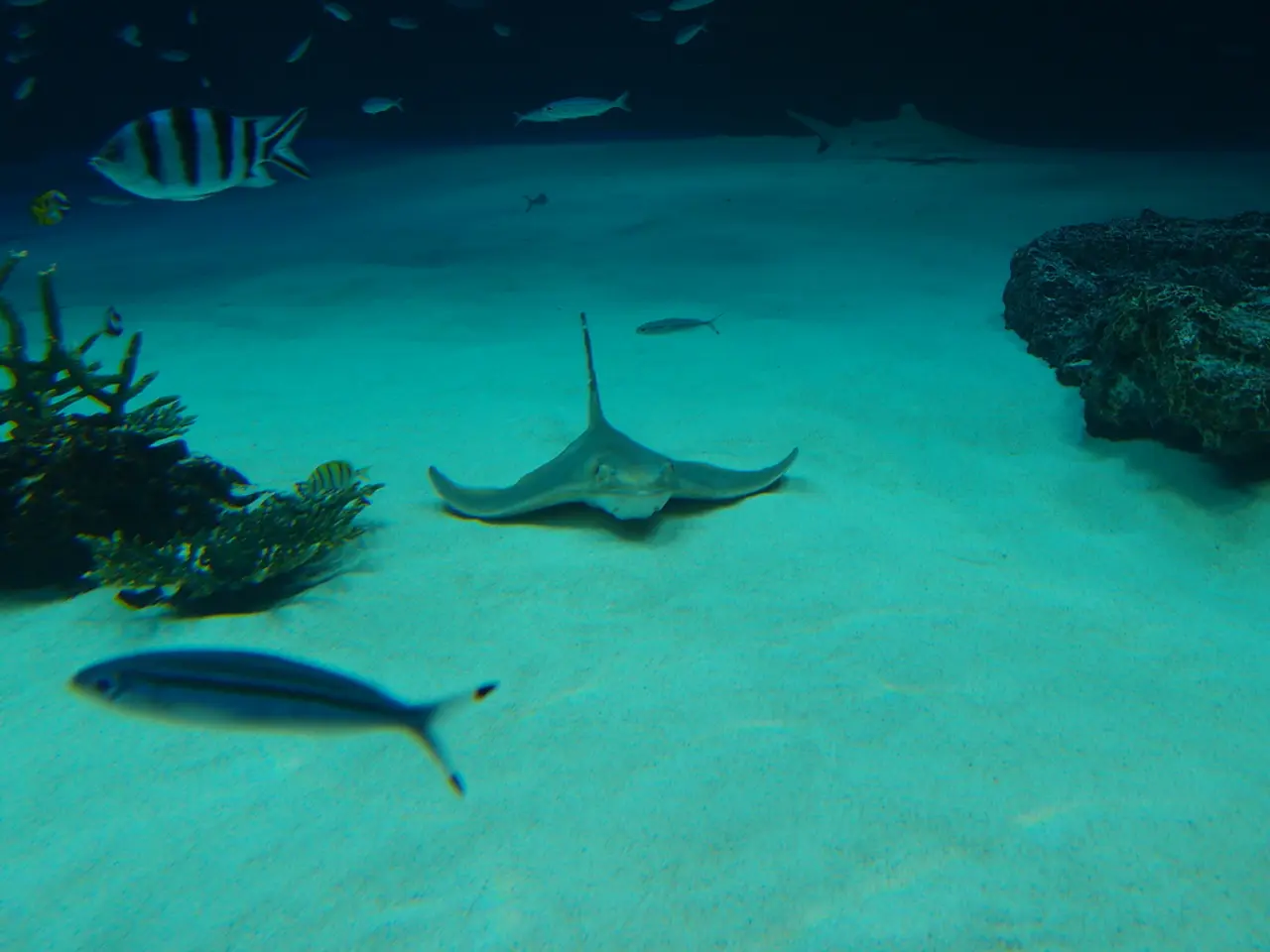Freshwater Situation in the Year 2023
In the year 2023, the "Our Freshwater 2023" report was published, offering a comprehensive analysis of the impacts of human activities on Aotearoa New Zealand's freshwater environments. This report, produced by the Ministry for the Environment and Stats NZ, aims to facilitate open and honest conversations about the state of the country's waterways.
The report reveals that approximately half of Aotearoa New Zealand's rivers and lakes face moderate to severe issues due to pollution or nutrient enrichment. These issues are a result of pressures from human activities such as agriculture, urban expansion, and the discharge of urban wastewater.
Climate change is another significant factor contributing to the degradation of Aotearoa's freshwater environment. It is likely to shift the ranges of freshwater species, ecosystems, and biodiversity, posing a threat to many indigenous taonga freshwater species, some of which are already threatened with extinction.
The freshwater environment is a holistic system that connects landscapes, ecosystems, and people. It plays a crucial role in supporting various aspects of life, including the economy, recreation, and gathering food. For many Maori, the freshwater environment is central to tikanga Maori, maatauranga Maori, and mahinga kai. However, the degradation of the freshwater environment can impact the ability to maintain, develop, and transmit traditional Maori knowledge and practices.
The "Our Freshwater 2023" report uses the framework of pressure, state, and impact to report on freshwater in Aotearoa. It highlights that some freshwater bodies are in a reasonably healthy state, but many have been degraded by excess nutrients, pathogens, and contaminants from land. Health risks associated with contaminated drinking water and toxic algal blooms are present in the freshwater environment.
To address these issues, Stats NZ and the Ministry for the Environment provide various resources related to the state of Aotearoa New Zealand's freshwater environment, such as interactive storymaps and reports. They also report on different aspects of Aotearoa New Zealand's environment every 6 months.
It's important to note that collecting, synthesizing, and reporting environmental data is a significant challenge. In te ao Maori, different water bodies have associated taonga species and kaitiaki that protect the mauri of the wai.
The Ministry for the Environment and Stats NZ also produce reports on other aspects of the environment, such as the atmosphere and climate, and the environment as a whole. For instance, "Environment Aotearoa 2022" was part of its environmental reporting series, using a unique approach that incorporates Maori concepts.
Looking ahead, the Ministry for the Environment and Stats NZ will release "Our land 2024", focusing on the impacts of land use. This report will continue the ongoing effort to provide insights into the state of Aotearoa New Zealand's environment and support efforts to protect and preserve it for future generations.
Spending time in freshwater environments can provide numerous wellbeing benefits, including reduced fatigue and stress, improved immune system function, and increased fitness. It is hoped that by understanding the pressures facing these environments and taking action to address them, we can ensure that these benefits can be enjoyed for years to come.
Read also:
- Peptide YY (PYY): Exploring its Role in Appetite Suppression, Intestinal Health, and Cognitive Links
- Toddler Health: Rotavirus Signs, Origins, and Potential Complications
- Digestive issues and heart discomfort: Root causes and associated health conditions
- House Infernos: Deadly Hazards Surpassing the Flames








